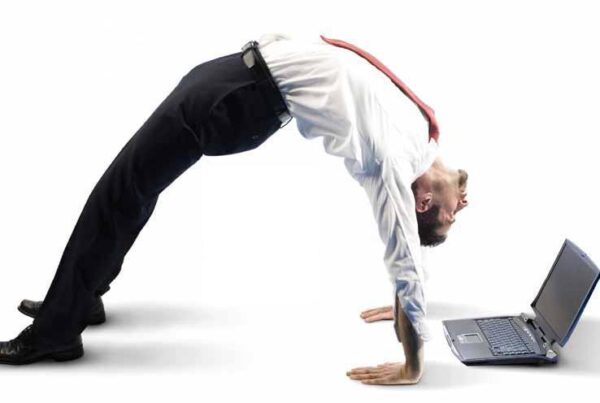by Julia LeBlanc, DPT
I have always enjoyed incorporating manual therapies into my practice. Over the years, I have been aware of Rolfing, Reiki, and numerous massage techniques. Earlier this year a friend told me they had experienced Graston with remarkable results. I was aware that Graston is a massage technique that uses specialized tools. A short time later, I heard another positive story about Graston. Hearing all of these positive anecdotes convinced me to do some research and take a Graston course.
To become certified I was required to attend twenty-six hours of classroom instruction spread over several weeks. I was also required to practice in a clinic with the Graston tools for a period of time before I was eligible for certification. I previously had restrictions in my right leg and hip following an injury and surgery in 2007. The course instructor performed multiple demonstrations on me, so I was also able evaluate the effect of Graston by a highly skilled clinician. I immediately noted a sensation of release and increased mobility in my leg. After a few treatments it felt normal for the first time in a long time! I was determined to develop my skills, so that I could be as effective in my practice.
My Graston treatment differs from massage because I use various instruments made of stainless steel. There are six tools in the Graston kit, ranging from a small tool that looks like a bottle-opener to a large one that looks like the handlebars of a bike. All of the tools have blunt, beveled edges. The tools allow for more contact and cover a larger area than my hands would. The small tools enable me to work on fine or specific areas. The procedure is like using a stethoscope to listen to breath sounds or heart rhythms. The tools provide me with feedback about the tissue structure and density through the small vibrations caused by irregularities. The technique is versatile in that one can cover large body areas or perform treatment on a tiny structure. Common areas I have treated with Graston include, but are not limited to the iliotibial band, hip, quadriceps and hamstring, lumbar musculature, neck muscles, medial and lateral elbow (tennis and golfer’s elbow), all parts of the hand, the sole of the foot (plantar fasciitis), and the rotator cuff. Graston can be used immediately after surgery, with old injuries, and right after a new injury. It helps to reduce inflammation. Symptom relief may begin after the third or fourth session; however I have had some patients respond after just one session. Side-effects may include bruising and general soreness.
Since implementing Graston in my practice, I have had very positive feedback from patients. I have observed improved and more rapid outcomes. Graston is covered by insurance under the physical therapy benefit as a massage or manual therapy technique. Many patients have chosen to self-pay for the treatment due to its efficiency and effectiveness.
Dr. Leblanc is a Physical Therapist



